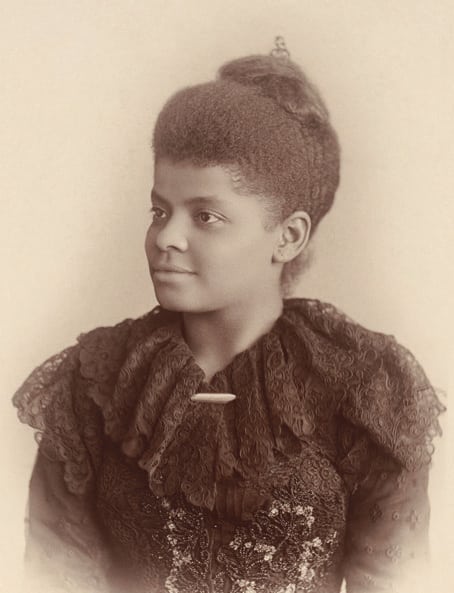There is talk about moving the remains of James K. Polk and Nathan Bedford Forrest. Although I don’t want to see either of these men dug up, I would like to point out that, in terms of historical memory, it doesn’t matter where someone is buried. Several of the most important people in Tennessee history are buried somewhere else, such as:

Henry Timberlake
Henry Timberlake was an officer in the British army who did some pretty heroic things on Tennessee soil. In the years immediately following the French and Indian War, Timberlake toured the Cherokee villages in present-day southeastern Tennessee. His memoirs of this trip remain among the best primary sources about 18th-century Cherokee culture. Timberlake also took three Cherokee chiefs all the way to England, where they met King George III.
For all he did, however, Timberlake was not honored in his time. He died in a debtors’ prison in London in 1765. Today, we do not know where Timberlake is buried.
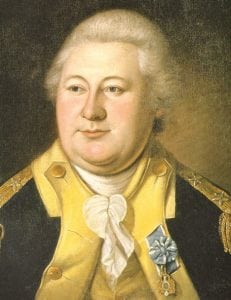
Francis Nash and Henry Knox
Even though neither of these men lived in present-day Tennessee, their names will forever be associated with our state. Francis Nash, for whom Nashville was named, was a brigadier general in the Continental Army during the Revolutionary War. He died from wounds in the Battle of Germantown and is buried in Pennsylvania.
Henry Knox was secretary of war under President George Washington. William Blount named the city of Knoxville for him in hopes of receiving favor (and troops) to help protect the city from American Indian attacks in the 1790s. Knox is buried where he died — in Knox County, Maine.
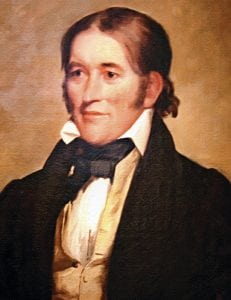
David Crockett
At various times in his life, David Crockett lived in present-day Greene, Hamblen, Jefferson, Lincoln, Franklin, Lawrence and Gibson counties. Today, there is a Tennessee county and a Tennessee state park named for him, and a bust of the man is in the Tennessee State Capitol.
But Crockett is not buried in Tennessee. He died at the Alamo in Texas in 1836. His body was probably cremated along with all the other victims of the fighting there, although there are some who believe his remains are at the San Fernando Cathedral in San Antonio.
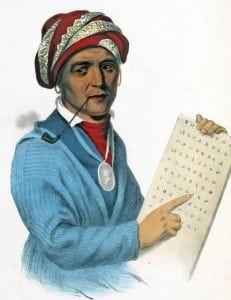
Sequoyah
We make a big deal about the fact that Sequoyah (also known as George Gist) was born in present-day Tennessee. As for his gravesite, we aren’t sure when he died or where he was buried. During the final years of his life, Sequoyah roamed through Texas and Mexico in hopes of reuniting lost branches of the Cherokee nation. Today, our best guess is that Sequoyah is buried near Zarogonza, Mexico.

William Walker
In the 1840s and 1850s, many Americans believed their nation should expand to the south. Some Americans, known as filibusters, went so far as to organize private armies that invaded foreign countries with hopes of becoming rich and adding slave states to the Union.
Best known of these filibusters was William Walker, a Nashville native who helped start a small war in Nicaragua in the mid-1850s. Walker was so famous in his lifetime that parades across America were held in his honor. He died in 1860 during an attempted invasion of Honduras, where he is buried.
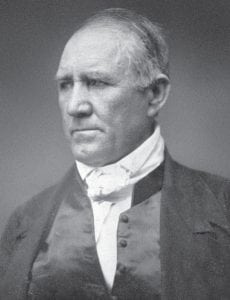
Sam Houston
Sam Houston may be the only former Tennessee governor buried in another state. Houston, governor of Tennessee from 1827 to 1829, was also governor of Texas from 1859 to 1861. He is buried in Huntsville, Texas.
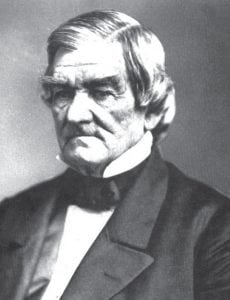
John Ross
John Ross was a chief of the Cherokee nation who once ran a ferry at the present-day site of Chattanooga. Today, he is regarded with such prominence that a house in which he lived is still standing just south of the Tennessee-Georgia border. But during his lifetime, Ross was forced to leave Tennessee as part of Indian Removal (now known as the Trail of Tears). Ross’ remains now lie in a cemetery named for him in Oklahoma.
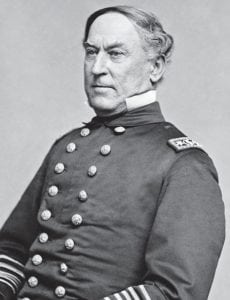
David Farragut
The first admiral in American history, David Farragut was born near present-day Knoxville. Farragut spent nearly 60 years in the U.S. Navy and remained loyal to the U.S. government during the Civil War. He died in 1870 and is buried in Wood-lawn Cemetery in New York City.
Reasons vary for these graves lying elsewhere. Ida B. Wells, for instance, left Tennessee under threat of violence after she wrote about lynchings that were occurring in the South during the 1890s.
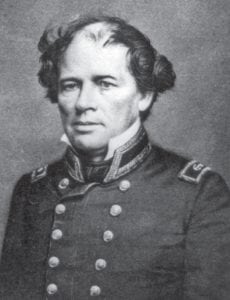
Matthew Maury
Speaking of naval heroes from Tennessee, Matthew Maury was born in Williamson County and is known as the “Pathfinder of the Seas” because of all the advances he helped make in oceanography and meteorology. Unlike Farragut, Maury sided with the Confederacy during the Civil War. He is buried in Richmond, Virginia, between Presidents James Monroe and John Tyler.
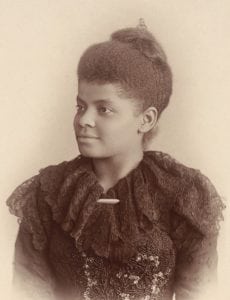
Ida B. Wells
Today, we praise Ida B. Wells as a brave woman who tried in vain to stand up for the rights of African-Americans after the Civil War. However, Wells left Tennessee under threat of violence after she wrote about lynchings that were occurring in the South during the 1890s. She moved to Chicago and was buried there in 1931.
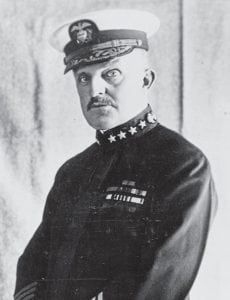
Albert Gleaves
Born in Nashville, Albert Gleaves was commander of the U.S. Navy’s cruiser and transport force during World War I — a hugely important position when every American ship was under threat from German submarines. Today, there is a statue of Adm. Gleaves at the Tennessee State Capitol. He is buried at Arlington National Cemetery in Virginia.

Bessie Smith
Nicknamed “Empress of the Blues,” Bessie Smith was one of the greatest singers of her era. Today, her legacy is celebrated in her hometown of Chattanooga. She died in 1927 from injuries suffered in a Mississippi car crash and was buried in Pennsylvania. Smith’s grave was unmarked until 1970 when rock star Janis Joplin and a Philadelphia nurse pitched in and bought her tombstone.
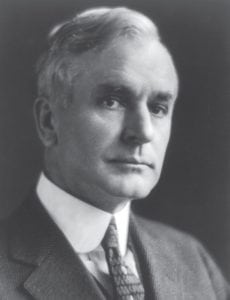
Cordell Hull
Cordell Hull was the longest-serving U.S. secretary of state in history. He is also regarded as the father of both the United Nations and the U.S. income tax. Today, you can see a replica of the log cabin in which Hull was born at Cordell Hull Birthplace State Park in Byrdstown. He is buried in Washington, D.C., at the Washington National Cathedral.
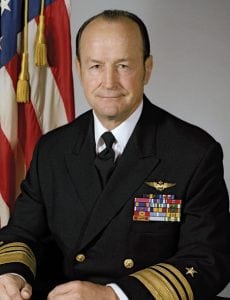
William Lawrence
William Lawrence was a naval aviator from Nashville. During his six years in a North Vietnamese prisoner-of-war camp, Lawrence wrote the Tennessee State Poem, “Oh Tennessee, My Tennessee.” Adm. Lawrence died in 2005 and is buried near Annapolis, where he was once superintendent of the U.S. Naval Academy.



